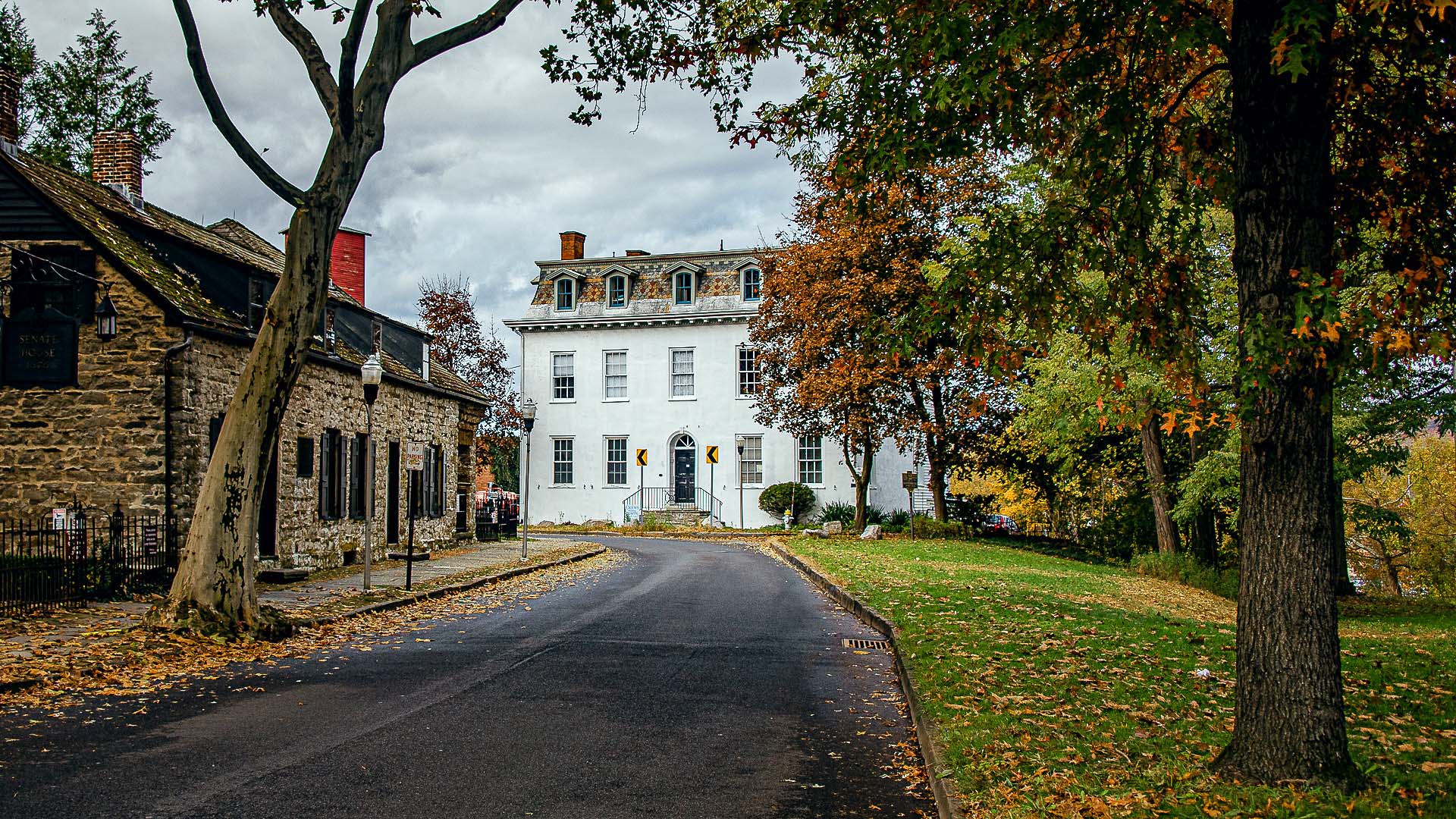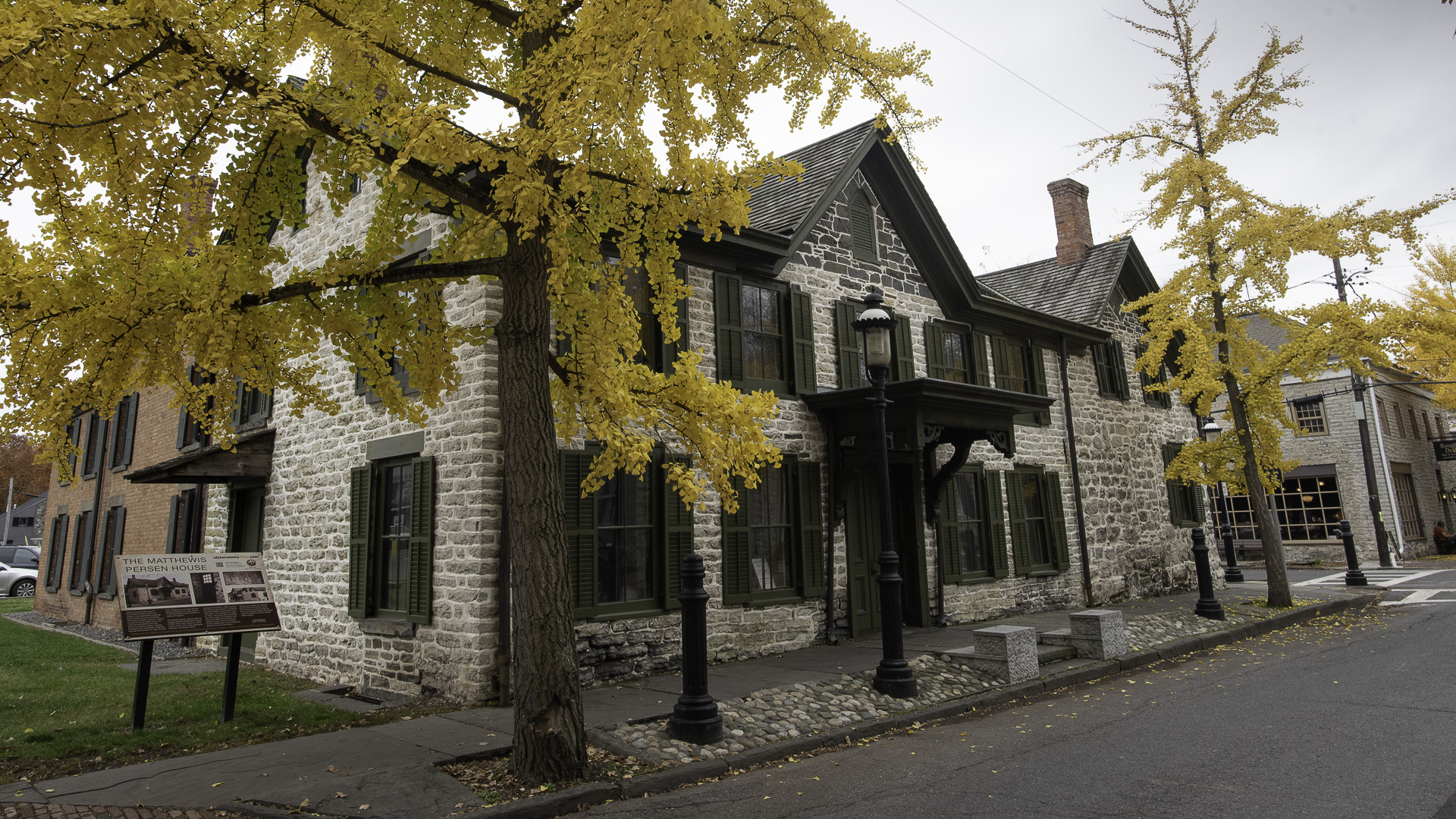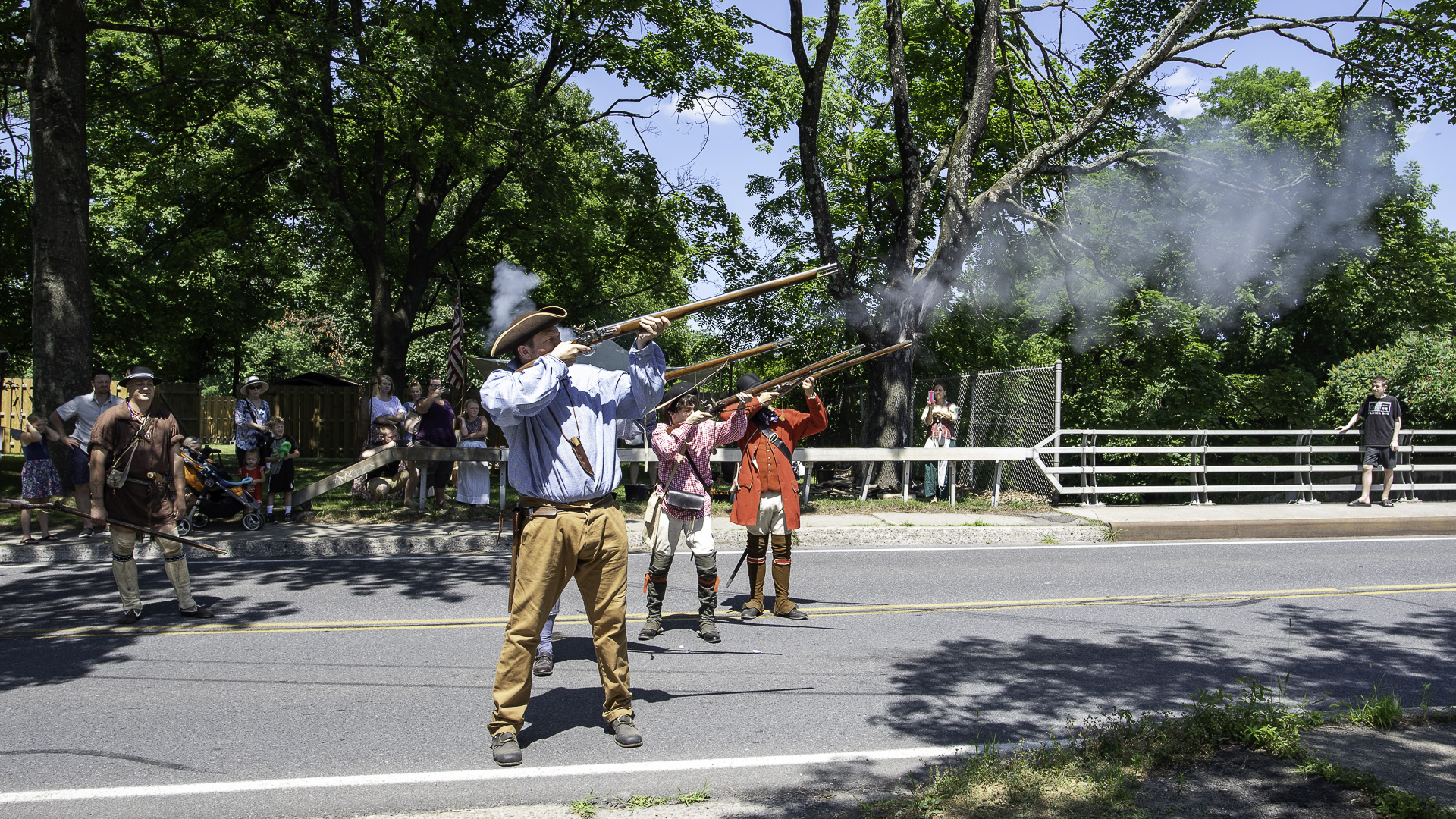Kingston, NY: A Tapestry of Colonial History
Nestled in the heart of New York, Kingston boasts a history that is both rich and multifaceted. Established by the Dutch in 1652 as Esopus, it underwent a name change to Wiltwyck in 1661. By 1669, the English, seeking to expand their colonial influence, seized control and christened it Kingston, drawing inspiration from the English family estate of Governor Francis Lovelace.
Strategically positioned at the juncture of the Hudson River and Rondout Creek, Kingston emerged as a pivotal trading hub during the colonial era. This prime location facilitated trade with Native American communities and European settlers alike. Beyond its trading prowess, Kingston was a hive of industrial activity, with shipbuilding, milling, and tanning operations dotting its landscape.
The American Revolution cast Kingston into the limelight. In 1777, it was honored as the inaugural capital of New York State. Yet, this distinction also made it a target; British forces set the city ablaze the same year. The resilient spirit of Kingston’s inhabitants shone through as they painstakingly rebuilt their beloved city.
Post-revolution, Kingston’s star continued to rise. The 19th century saw it transform into a manufacturing powerhouse and a nexus of commerce. Culturally, it was a beacon, housing esteemed institutions like the Kingston Academy and the Kingston Library.
Today, Kingston stands as a testament to its storied past. The Stockade District, a National Historic District, beckons history enthusiasts. Museums, art galleries, and theaters offer a rich tapestry of experiences throughout this historic city.
Kingston’s Colonial Timeline:
1652: Dutch settlers establish Esopus.
1658: Peter Stuyvesant commissions a protective stockade around Esopus.
1661: Esopus undergoes a renaming to become Wiltwyck.
1669: English forces annex Wiltwyck, rebranding it as Kingston.
1777: Kingston is designated the first capital of New York State.
1777: British troops raze Kingston.
1783: The curtains fall on the American Revolution.
19th Century: Kingston evolves into a manufacturing and commercial hub.
20th Century: Kingston’s growth trajectory continues unabated.
This video gives a great perspective of early Colonial times in the Kingston Area.
In retrospect, Kingston’s journey from a Dutch settlement to a vibrant, small city is nothing short of remarkable. Its pivotal role in American history is etched in its streets, buildings, and landmarks. Today, as Kingston evolves and deals with its challenges, it stands as a living monument to its rich heritage, a city that has seamlessly woven its past into the fabric of its present.
Articles About History of the Kingston Area
Click here to add your own text






Step Back in Time: Revolutionary War Reenactment at Persen House Museum
/in Articles, Featured, History, News /byHistory buffs, take note! The Ulster County Clerk’s Office is inviting you to a unique educational experience this summer. On Saturday, June 8th, the 1st Ulster Militia, a Revolutionary War era reenactment group, will be setting up camp at the Matthewis Persen House Museum in Kingston, NY. Free Event Offers Interactive History Lesson This free, public event promises a fascinating glimpse into 18th-century colonial life. The 1st Ulster […]
Step Back in Time at the Matthewis Persen House Museum This Season!
/in Featured, History, News /byHistory buffs and anyone curious about the Hudson Valley’s past won’t want to miss the opening of the Matthewis Persen House Museum’s 2024 season on Saturday, May 25th, from 10:00 am to 4:00 pm. Located at 74 John St. in Kingston’s historic Stockade District, the Persen House will be open to the public throughout the […]
Reher Center Celebrates Community Spirit with “Reher Recognized” Bakery Program
/in Articles, Featured, History, News /byThe Reher Center for Immigrant Culture and History has launched a new initiative, “Reher Recognized,” to honor outstanding community bakeries across the nation. This program recognizes establishments that embody the values and traditions exemplified by the historic Reher’s Bakery in Kingston, New York. Rekindling the Spirit of Reher’s Bakery “Reher Recognized” seeks to celebrate bakeries […]